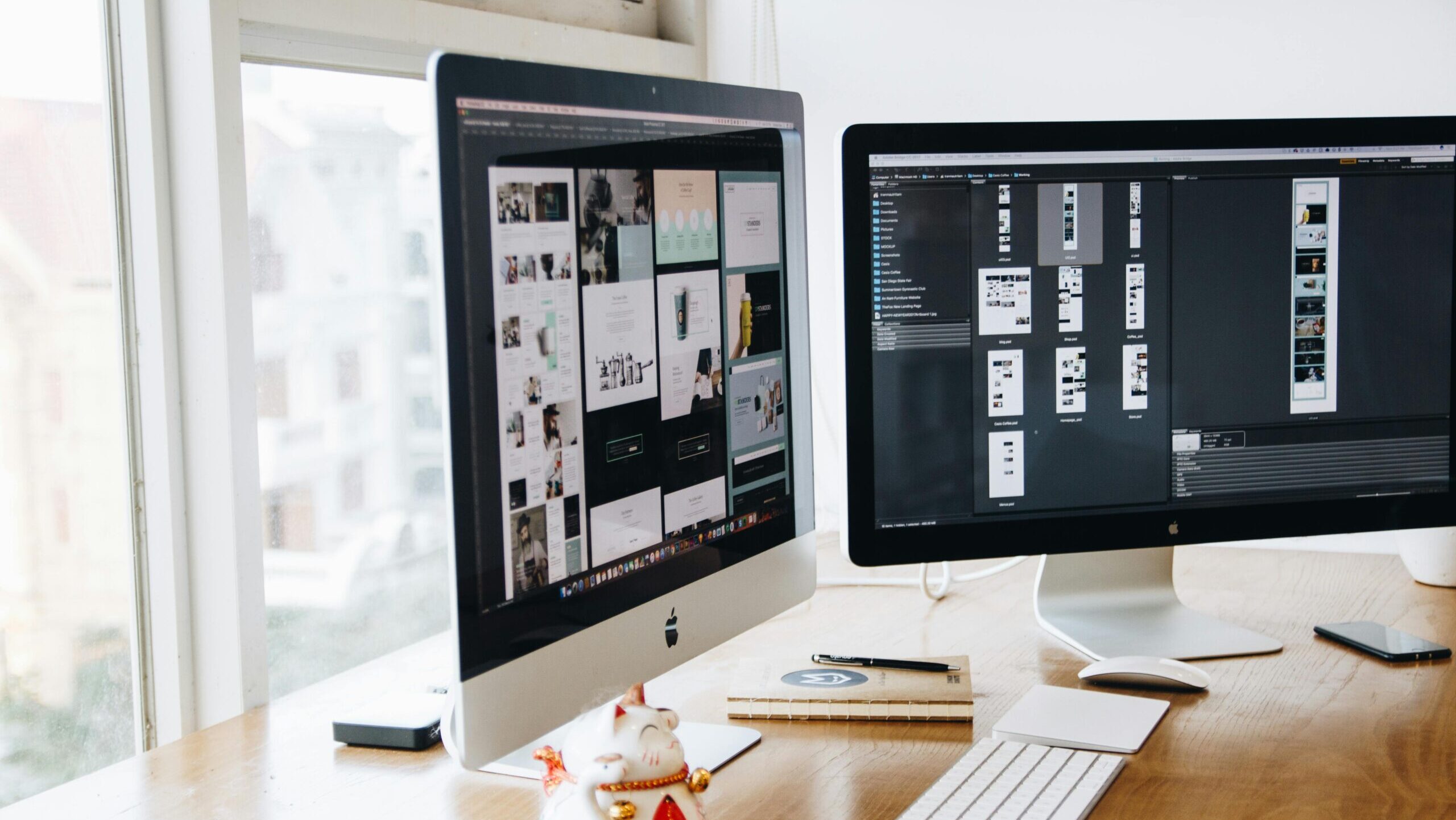Digital Marketing involves running ads in video form. Most of the time brands prefer to use music in ads. This is is because using music has proven to give better results. It is said that music can increase ad recall, mood enhancement, and the likelihood of purchasing.
Here are the things, people love to listen to good music and they would watch anything that has their favorite music in it.
To prove this, here’s a statistics from wordstream
- Marketers who use video grow revenue 49% faster than non-video users.
- Among consumers, 70% purchased from a brand after seeing a branded video on social media.
- Instagram video ads receive 3x more engagement than image ads.
- Adding a video to your website can double the conversion rate.
- Social video generates 1200% more shares than text and image content combined.

Music is an important part of video marketing and brand that use music in ads needs to get it right.
In light of that, this post is all about getting it right.
Benefits of Using Music in Ads
Music helps to grab attention even before anything happens in the video. It can inspire people to buy.
This is because music is saved in the long-term memory, processed faster, processed in the emotional part of the brain(medial temporal lobe), and connects great to the brain.
A lot of people have reported that they tend to remember the music in an ad for a long time.
Music has proven to do the following:
- Control perception: people would perceive your brand as vibrant and valuable when you use good music for your ads.
- Create emotional connection: people would vibe to your brand when you use good music in ads because they would feel connected to the music.
- Increase buying: Of course, when people like and connect to your brand, it won’t be hard to sell to them.
Must You Have Music in Your Ads?
No, you must not. Using music in ads is just a matter of knowing how best you want to communicate your message.
You can use an animated explainer video if the ads require it. You can also use voice-overs or you can just go for sound.
How To Pick the Right Music in Your Ads
Having music in your ads is one, picking the right music for your ad’s message is another.
Ultimately, the goal should be to give your audience the best experience and subsequently drive sales.
First, you should consider your brand before using any music in your ads. What does your brand represent? what are the cultures? what do you want to be known for?. These questions would help you in choosing the right kind of music for your ads.
Let’s take, for example, you want your brand to be known for peace and calmness. With this in mind, you can’t use music that is so loud or violent because it won’t represent who your brand is.
Secondly, you have to consider your audience and their demographics. Demographics go beyond who your audience is (in terms of age, gender, interest, location, profession, race, etc.) to their purchase history.
This purchase history talks about how your audience must have made buying decisions in the past. This information would shed light on what makes them tick and how you can leverage that. You can use CRM (Customer Relationship Management) software to make this easier.
Thirdly, What kind of message do you want to pass?. If it’s more about demonstration then you can use explainer videos. And If it is more sensual, you can use sensual music and so on. The kind of message you want to pass influences the kind of music you use.
When you have considered all these, you can go on and choose the right music in your ads!
However, it doesn’t stop at choosing the right music, you should know how and where to place this music.
And then, unto the main thing, licensing!
Licensing talks about if you have permission to use the music or not.
Music in Ads Licensing
Using music without getting a license will affect you negatively. It will cost your brand one or more of the following:
- Your ad would be muted, removed, or complemented by third party ads
- You get sued by the artist or record label
- You will ruin your brand’s reputation
Getting a license for your music involved a lot of things depending on the music and your resources.
In most cases, commercial music rights are split between the record label and the publisher.
The publisher controls the song (that is, the words and the melody), while the record label controls the recording of that song.
Therefore, to use a commercial song in any video, you must obtain two licenses:
1. Sync (synchronization) license from the publisher.
2. Master license from the recording label.
The publisher may vary from a large company with thousands of artists to individual songwriters who publish their work.
The Sync and Master licenses will give you the right to use copyrighted music in videos and similar media projects.
However, if you plan to broadcast or publicly play your video, you may also need to obtain a performance license.
Terms in Music Licensing
#1. Fair Use:
According to Merrian Webster dictionary, Fair use is “a legal doctrine that portions of copyrighted materials may be used without permission of the copyright owner provided the use is fair and reasonable, does not substantially impair the value of the materials, and does not curtail the profits reasonably expected by the owner.”
You can use any music under this law. Although, there are restrictions to this especially if you’re using the music for a commercial purpose.
#2. Creative Commons:
Creative Commons is a nonprofit organization that makes digital media available for others to build upon legally and share.
There is a lot of free music under creative commons. However, you should do your research and pay attention to details. There might be restrictions that you should watch out for.
#3. Public Domains:
Music with expired copyrights fall under this category. The music here does not have intellectual property laws, like copyrights, trademarks, or patents.
Even at that, there’s no guarantee that you would use this music without paying any fee. Therefore, you should check the details before you use any music under this domain.
#4. Royalty-free:
This means you do not have to pay ongoing fees for using this music. But bear in mind that the music here has copyrights. It only means you pay for the license once or in any other way depending on the agreement.
#5. Copyright-free:
The music here is not protected by copyright. This could be because someone else has acquired the copyright or the copyright has expired.
Moreover, you still have to pay some fees. Do your research well and know the requirements for using this kind of music.
What if you don’t have enough resources to get a license for music?. There are ways to go about it and make the process easier.
You can go through any of the following:
- Use music licensing companies like Soundstripe, Artlist, and Epidemic Sound with libraries of songs that you can legally use in your ads.
- Use public domain music: This could be relatively cheaper or free.
- Creative commons to the rescue. As long as you obey the rules.
- Go for stock production music companies: These are companies that are in the business of producing music for commercial purposes. You only have to buy the music from them and save yourself the trouble of getting a license from music artists.
key Takeaways for Using Music in Ads
- Giving credits is not a guarantee for using music. The only exception is with creative commons. Keep in mind, that even though Creative Commons music won’t cost you some money you will have trouble getting what you truly want because there is a lot of music to choose from.
- Not making profits from your ads would not guarantee using music without getting a license
- Fair use only applies to the community, parody, news, and similar uses and not for commercial purposes.
Now that you’ve learned how to use music in ads without getting sued, here’s a bonus on how to place your ads to get results
- Place your ads on platforms that don’t restrict sound
- Target audio-focused audience
- Remind users to turn on the sound
- Use a catchy caption!
- Keep testing and finding out what works
FAQs on Using Music in Ads
No, you mustn’t. You can only use music in your ads when it’s necessary and suitable for your ad’s message.
There are other options like animated videos, voiceovers, recorded conferences and even using just sound or beat.
You get sued when you didn’t get the license to use the music. You might pay for the license or not. The important thing is that you have permission to use the music whether directly from the artists or through other means like fair use, free domain, creative commons, etc.
It depends on the artist and the record label. The particular music you’re using would determine how much you would spend.
Conclusion
More than using music in ads, your ad’s message should count. You shouldn’t focus so much on using legal music in your ads that you forget what you’re using the ads for.
It is always important to communicate your brand’s message effectively and use the best methods of marketing to create your ads.
Do you need clarity on how to craft a perfect ad for your brand?
Book a free consultation session with us by clicking on “I want a free consultation”





